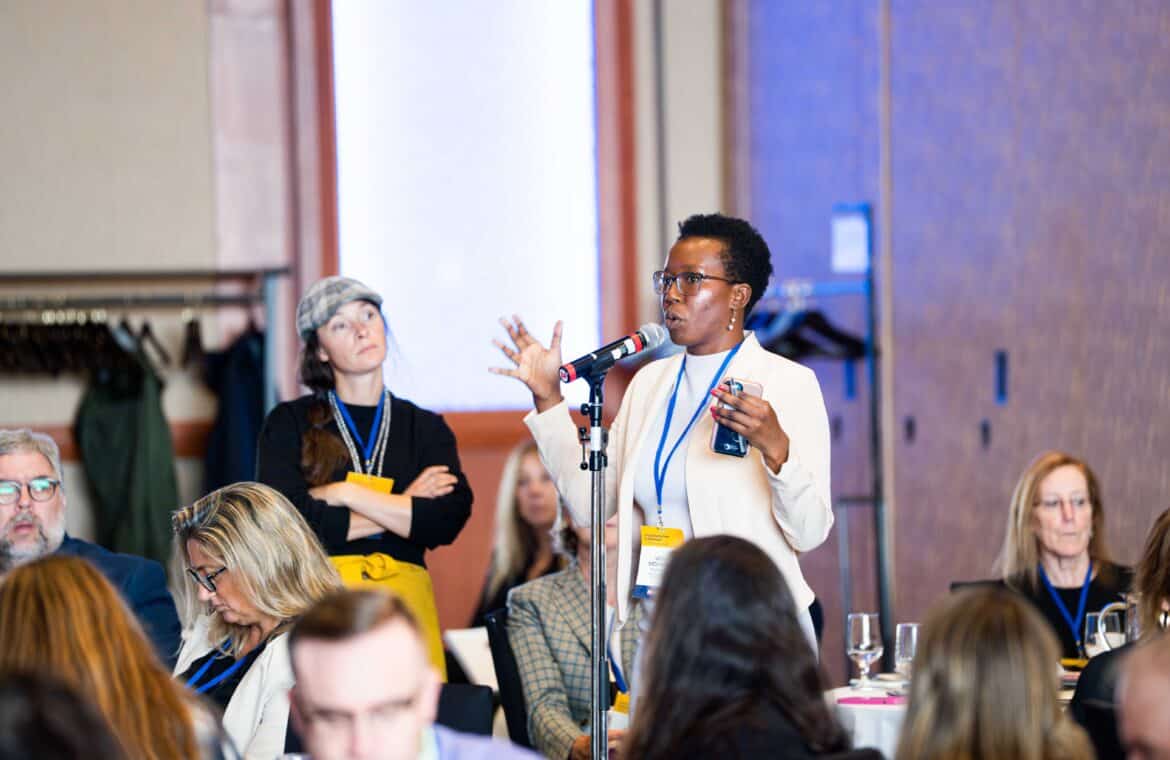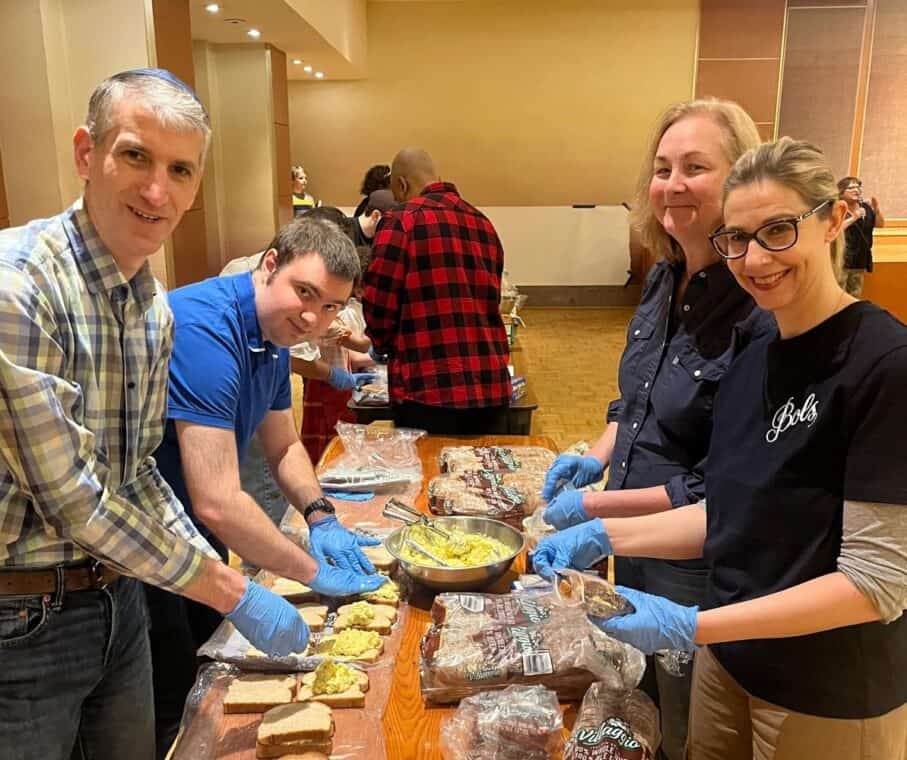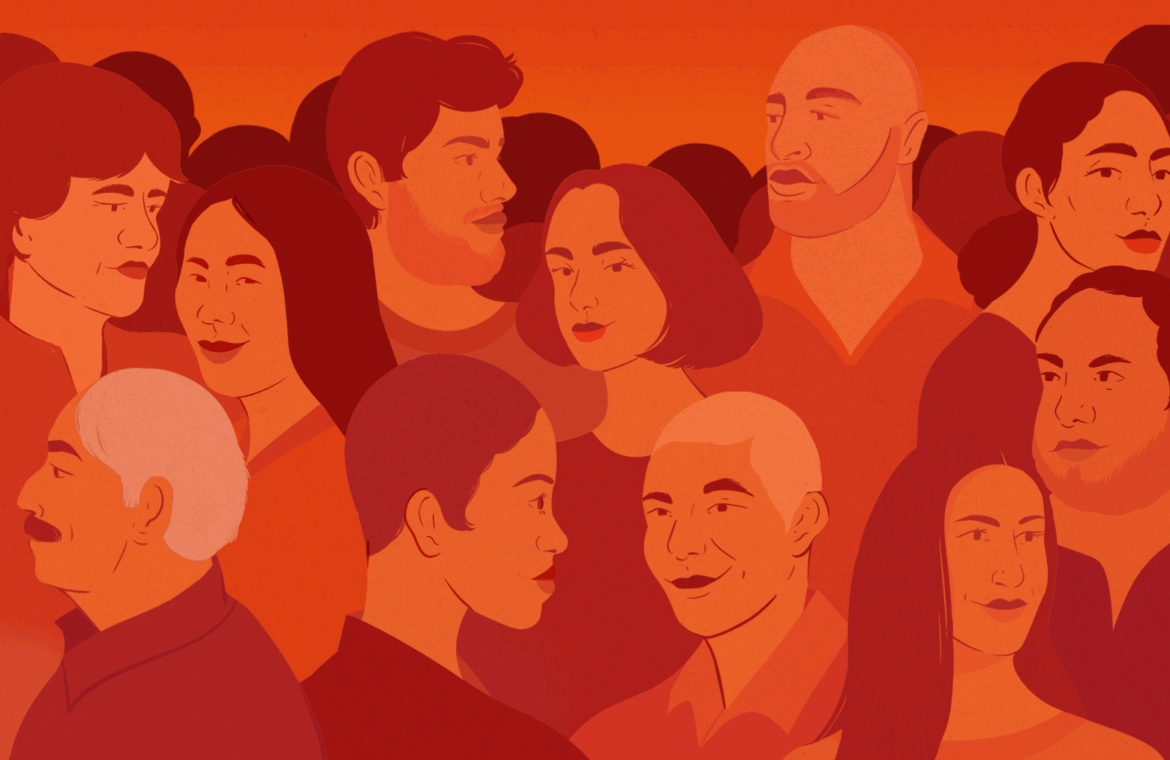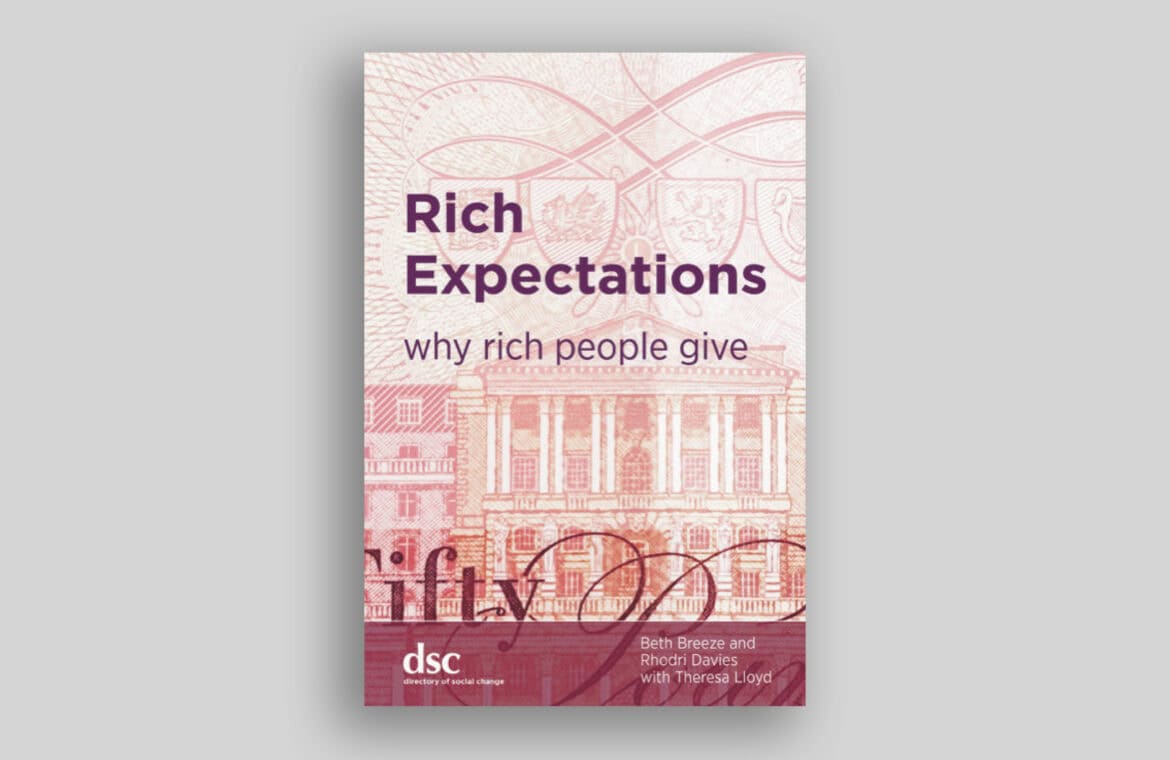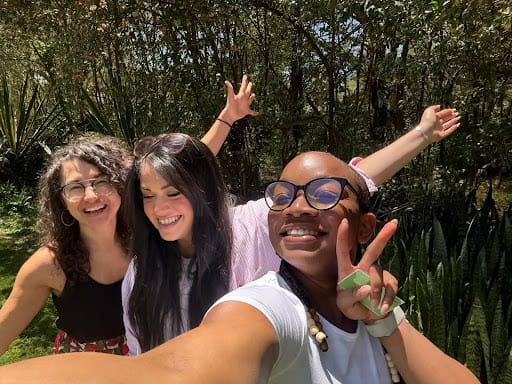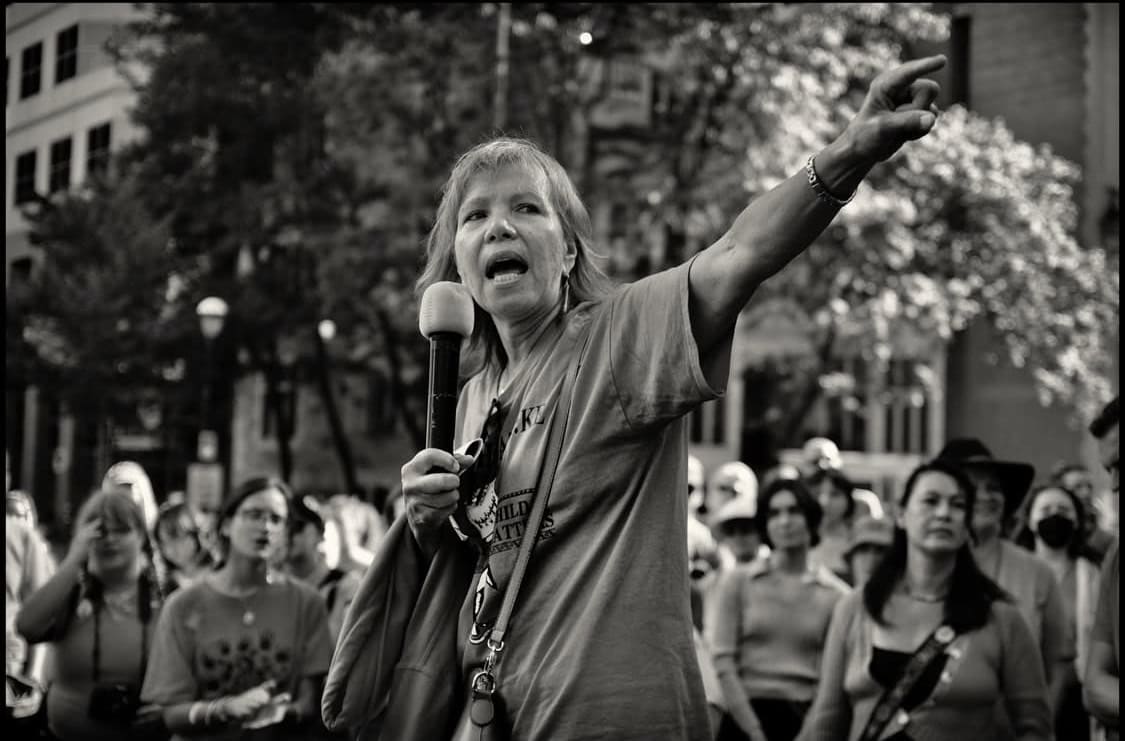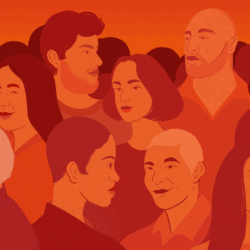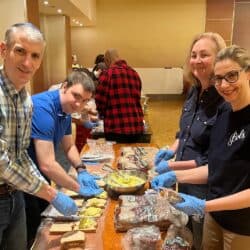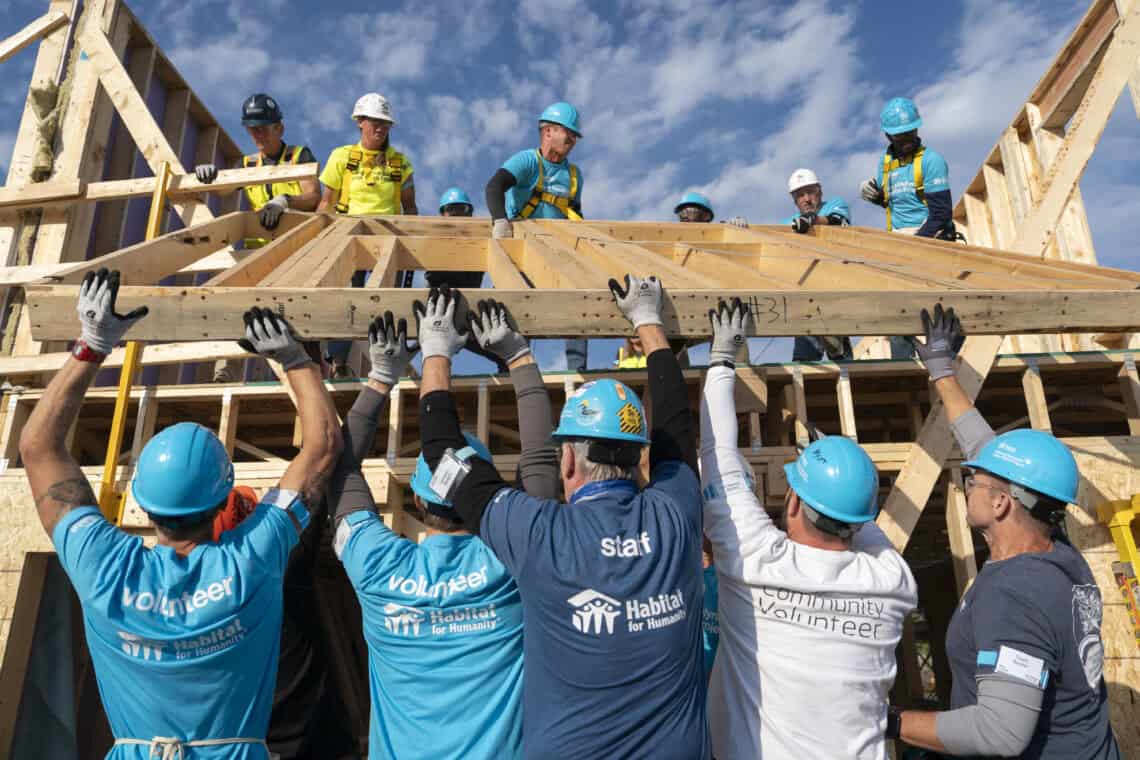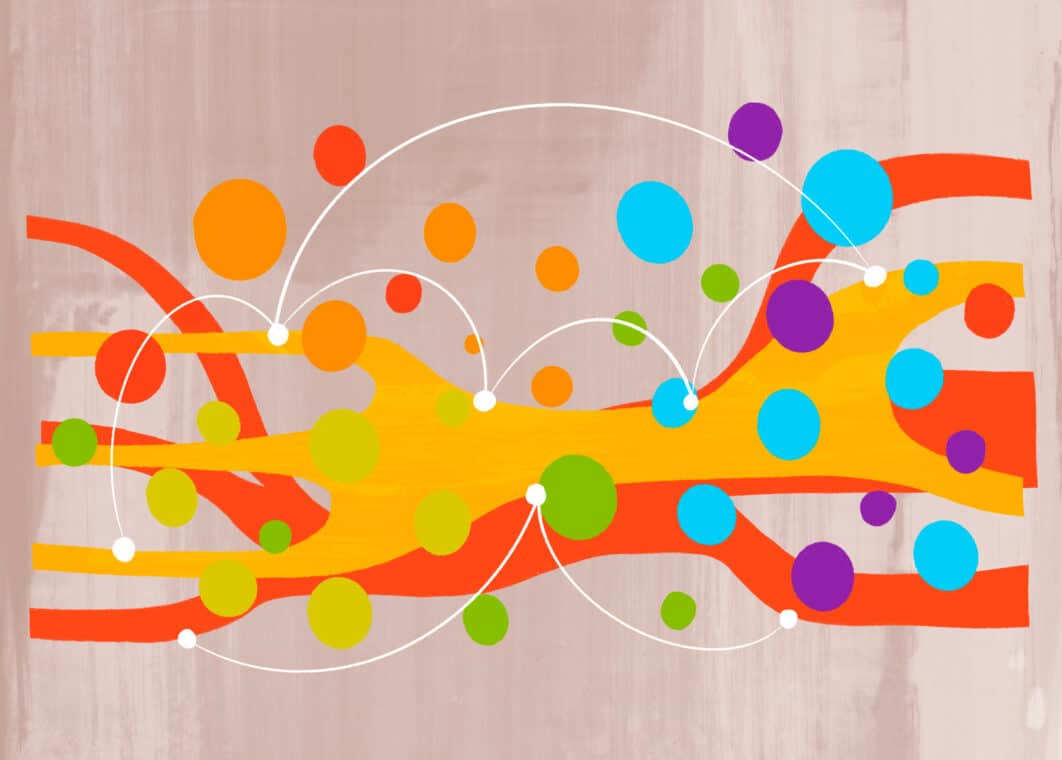Philanthropy can be a catalyst for local media but not the long-term answer to ongoing challenges
At a three-day symposium in Charlottetown, the overarching takeaway was the urgency and scale of the challenges for independent journalism, and the indisputable through line was the resilience and determination of those fighting to keep their publications afloat.
Strategy development at medium-sized non-profits
The 1Up Single Parent Resource Centre in Victoria recently rethought and refreshed its fundamental strategy and inventory of programs. Board member Erwin Martinez shares their experience, and a model he invites other non-profit boards to follow.
Federal budget spends more on capital investment and less on non-profit sector – so far
While Budget 2025 does not include a strategy to systemically support programs and services that non-profits and charities provide – or the Canadians working at these organizations – “it could have been worse,” says economist Armine Yalnizyan, the Atkinson Fellow on the Future of Workers.
Having faith in philanthropy: Rediscovering shared purpose in unexpected places
Now ED of a Montreal synagogue, Chad Lubelsky worked in the non-profit sector for two decades. He asks what it might look like if religion and philanthropy worked together to develop a more nuanced understanding of religion’s impact, and to explore what partnerships could look like.
Featured
Analysis
Stopping the funding rollercoaster for feminist and 2SLGBTQIA+ organizations
A projected 80% decrease in Women and Gender Equality Canada (WAGE) funding ahead of the federal budget highlighted a level of precariousness that feminist and 2SLGBTQIA+ organizations and activists have been calling attention to for decades.
Avoiding founder’s syndrome through good governance
A strong, engaged board is one of the most effective mechanisms for ensuring that founder control doesn’t supersede an organization’s needs and objectives, Susanna Kislenko and Cathy Barr write. They share some key strategies and a new guide for founder-led organizations.
Philanthropy and Funding
Rideau Hall Foundation and The Philanthropist Journal collaborate to work with community outlets and underrepresented journalists
RHF has awarded funding to The Philanthropist Journal to support five Black and Indigenous early-career writing fellows in collaboration with five independent, local journalism outlets across the country.
Why do rich people give?
What do we really know about ultra-wealthy donors? A new book reports the results of a third major survey of wealthy UK donors and will be of interest to anyone wanting to understand the motivations, fears, and expectations of their potential donors.
Case Studies & Guides
Lessons learned through local economic development
In response to funding trends and increasing service demands, some community organizations, including United Way Centraide, are shifting from traditional funding models to community investment strategies. President and CEO Dan Clement shares three case studies that highlight how it works.
Northern Manitoba shows philanthropy how to move from transaction to transformation
The lessons emerging from the work of the Northern Manitoba Food, Culture, and Community Collaborative – about collaboration, relationships, and learning to be a good helper – “can and should be adopted by all of philanthropy.”
Decolonization and Reconciliation
The power of unrestricted support: A story of Indigenous strength and sovereignty
At the 25th International Funders for Indigenous Peoples Global Conference in Kenya, one theme stood out, Rachael Sonola writes: Indigenous sovereignty is not just about land or governance; it is about the power to decide, to shape, and to thrive on our own terms.
Ellen Gabriel: 35 years after the so-called Oka Crisis
More than three decades after the Mohawk Resistance at Kanesatake, the activist, artist, and filmmaker who was on the front lines doesn’t see much progress in Canada’s treatment of Indigenous Peoples. She hopes her new book will help educate Canadians.
Series on Work in Progress
Volunteerism: In crisis or at a crossroads?
With volunteering in Canada in decline, contributor Yvonne Rodney looks at the data and talks to sector leaders to ponder the way forward. The solution, she writes, includes acknowledging the impact of the pandemic, understanding generational differences, and convincing funders to do more to help organizations.
The decision to step down: Reflections from four foundation leaders
When long-serving leaders leave their roles, what can we learn from them that will help our sector traverse the challenging times ahead?
Building a sense of belonging and connection at work in the hybrid era
With remote and hybrid work the new norm post-pandemic, non-profits are tailoring strategies to ensure that employees feel heard, seen, and valued – and have discovered that there’s no one-size-fits-all approach.
Subscribe
Canadian non-profit sector news, in your inbox
Never miss news and analysis by and for the Canadian non-profit sector
Most Popular
Analysis
Aging and re-engaging: Volunteer participation post-pandemic
Contributor Yvonne Rodney looks at how organizations are responding to the aging factor in volunteerism and what they’re doing to encourage volunteers to engage and re-engage.
How data is helping experts navigate the non-profit sector’s capacity and funding issues
Charities and non-profits are struggling with a “trilemma”: rising demand for their services, financial instability, and workforce precarity. Here are the problems and solutions, according to the data.
Overworked, overlooked, and underpaid: How women are addressing sexism in the philanthropic sector
Women working in the charitable and non-profit sector are making sacrifices and building strategies to secure leadership positions despite barriers – or leaving altogether.
Canada’s global influence in a turbulent and uncertain world
While civil society and international cooperation face existential challenges, organizers of the Cooperation Canada Leaders’ Forum see an opportunity to revive hope through unity, solidarity, and collective action in resisting authoritarianism and advancing human rights.
More articles From the Archives
A short history of voluntary sector–government relations in Canada (revisited)
The original version of this story, published in 2007, is one of The Philanthropist Journal’s most popular pieces of all time. In this updated version, Peter Elson and Peyton Carmichael expand on that detailed (and not so short) history.
Charities and the rule against perpetuities
Charitable status is a legally privileged status. The law in numerous ways, ranging from the trivial to the noteworthy, confers legal advantages upon charities. These legal advantages are often misunderstood.
‘We don’t have a word for philanthropy’
What do Indigenous Peoples mean when they talk about Indigenous philanthropy? Miles Morrisseau put this question and others to Indigenous people who are leaders in the philanthropic sector.
Strategies for a caring society
This article was developed from a paper presented at Investigating in the Whole Community: Strategies for a Caring Society, a conference organized by the Trillium
Featured Contributors
-
Angela Long
Angela Long is a freelance writer currently working on a book about rural journalism in Canada.

-
Yvonne Rodney
Yvonne Rodney is a Toronto author, career consultant, speaker, and non-profit worker with extensive experience in career development. She is the author of Moving On: A Quick Guide for Non-Profit Workers and Military to Civilian Employment: A Career Practitioner’s Guide.

-
Christina Palassio
Christina Palassio is a non-profit communications professional and freelance writer. When she tweets, she does so at @mcpalassio.

-
Tim Harper
Tim Harper is a Toronto-based writer. He is a former Washington correspondent and national affairs columnist with the Toronto Star.

- All Featured Contributors
